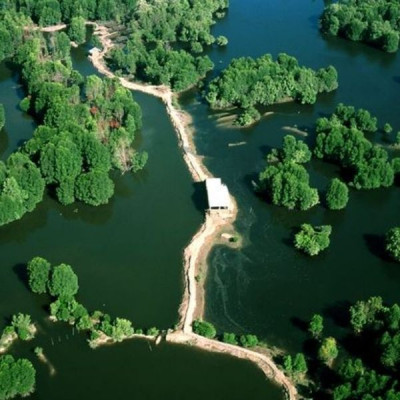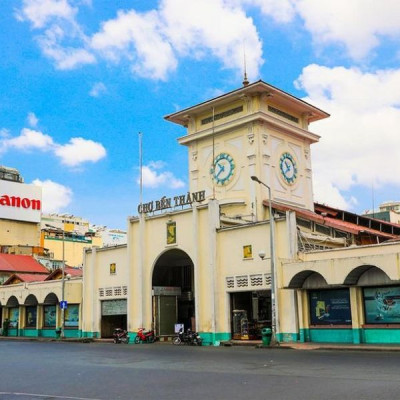Ha Giang is known as the most beautiful place in Northern Vietnam. This province with its forested limestone and granite mountains, caves and gorgeous rivers, and tiny settlements, borders China. This province is as picturesque as can be. There are so many things to see in this stunningly scenic province – not only is it mountainous literally everywhere but some noted places are Ma Pi Leng Pass, Dong Van Plateau, and Hoang Su Phi. Quan Ba Pass, known for its panoramic views over terraced rice fields below, is located only 50 kilometers from the capital city of Ha Giang, also named Ha Giang. But this blog is not about the province itself. You can expect one later, but right now I am focusing on something special about Ha Giang – buckwheat flowers (Tam Giac Mach in Vietnamese). This will be your all-you-need-to-know about the buckwheat flower season in Ha Giang!
Ha Giang buckwheat flower season
Beautiful Ha Giang – literally everywhere in this province is this scenic and stunning
What Are Buckwheat Flowers?
They say that buckwheat blossoms, or “chez” as known by the H’mong (a local hill tribe of the North), are the specialty of the northernmost land, because every year, just when the first monsoon starts blowing, these tiny white flowers simultaneously flourish, flooding the whole rocky plateau. Carrying a legend that not everyone knows, buckwheat flowers adorn what we in Vietnam call “cat ear-shaped” stones with warm incarnadine, inviting the nomads to discover such captivating beauty.
buckwheat flower season in ha giang
Beautiful buckwheat flowers
There are two types of buckwheat flowers. In areas of Cao Bang, you can find the white buds. Meanwhile, in Ha Giang, people often plant the purple buckwheat flower. Simple but loveable, modest but charming, buckwheat is harmonious with the green color of the forest and the grey color of the mountains which together creates an endless source of inspiration for art enthusiasts. But the most profound and beautiful feature of the flower is its meaning – slender in shape but full of energy and beauty, always overcoming the fierce challenges of nature. As autumn reaches its end, the flowers become more splendid and attractive. With time, they will start to change color from white to purple-pink, and finally dark red.
The white one is usually grown in several areas of Cao Bang. Meanwhile in Ha Giang, people often plant the purple buckwheat flower.
In order to promote the tourism potential of the region, Ha Giang authorities decided to increase the amount of buckwheat flower fields to attract more visitors. Every year, around October and November, there is a buckwheat flower festival in Ha Giang, which features art performances and displays of buckwheat flower products (such as buckwheat flower bouquets, buckwheat flower cakes and other dishes, buckwheat flower paintings and art, buckwheat flower tea, etc) in order to celebrate the blossoming of these iconic flowers in Dong Van District in Ha Giang Province. This annual festival has been bewitching flower lovers, couples as well as photography enthusiasts year after year.
Uses of Buckwheat Flower
Buckwheat is often considered a tasty and healthier alternative to wheat. When harvested, the crops can be ground into flour and many parts of the world do this, such as India, Japan, and Korea. Rice, porridge, noodles, bread, pancakes, cookies, cakes, can all be made from buckwheat flour. The young buckwheat flower stem can also be boiled and used as vegetables, or it can be cooked with wine and corn to brew a very unique type of wine. It also has medicinal benefits and is sometimes used in cattle feed.
The flowers of the buckwheat plant have a pleasant fragrance and taste quite malty and earthy. The flowers are used for manufacturing dark brown-colored honey that is quite strong in flavor.





